With just three days to go for the FIFA Under-17 World Cup in India, the buzz and excitement for the country’s first ever FIFA tournament has reached palpable levels among the supporters of the sport.
The prospect of watching India’s youngsters rub shoulders against the finest in the world during the 24-team event has generated a plethora of curiosity amongst the countrymen.
Very rarely has an Indian football team across any age group tested their mettle against the world’s top sides let alone participate in a World Cup. Therefore, the eagerness to watch how the colts fare in the showpiece event among the football fans and media alike is understandable.
The FIFA Under-17 World Cup has thrown up a host of future stars since its inception in 1985 with the likes of Ronaldinho, Alessandro Del Piero, Xavi, Iniesta and Toni Kroos gracing the tournament on their way to become global stars in the future.
Results in youth football though, should always be taken with a pinch of salt and not as an indictment of future success and development of the team and players.
In its 16 editions until now, Nigeria have been the most successful nation in the Under-17 World Cup with five championships to its credit. At the senior stage though, the African powerhouses have flattered to deceive on multiple occasions.
Their most successful campaign in the senior FIFA World Cup remains the Round of 16 in their five successful qualifications till date.
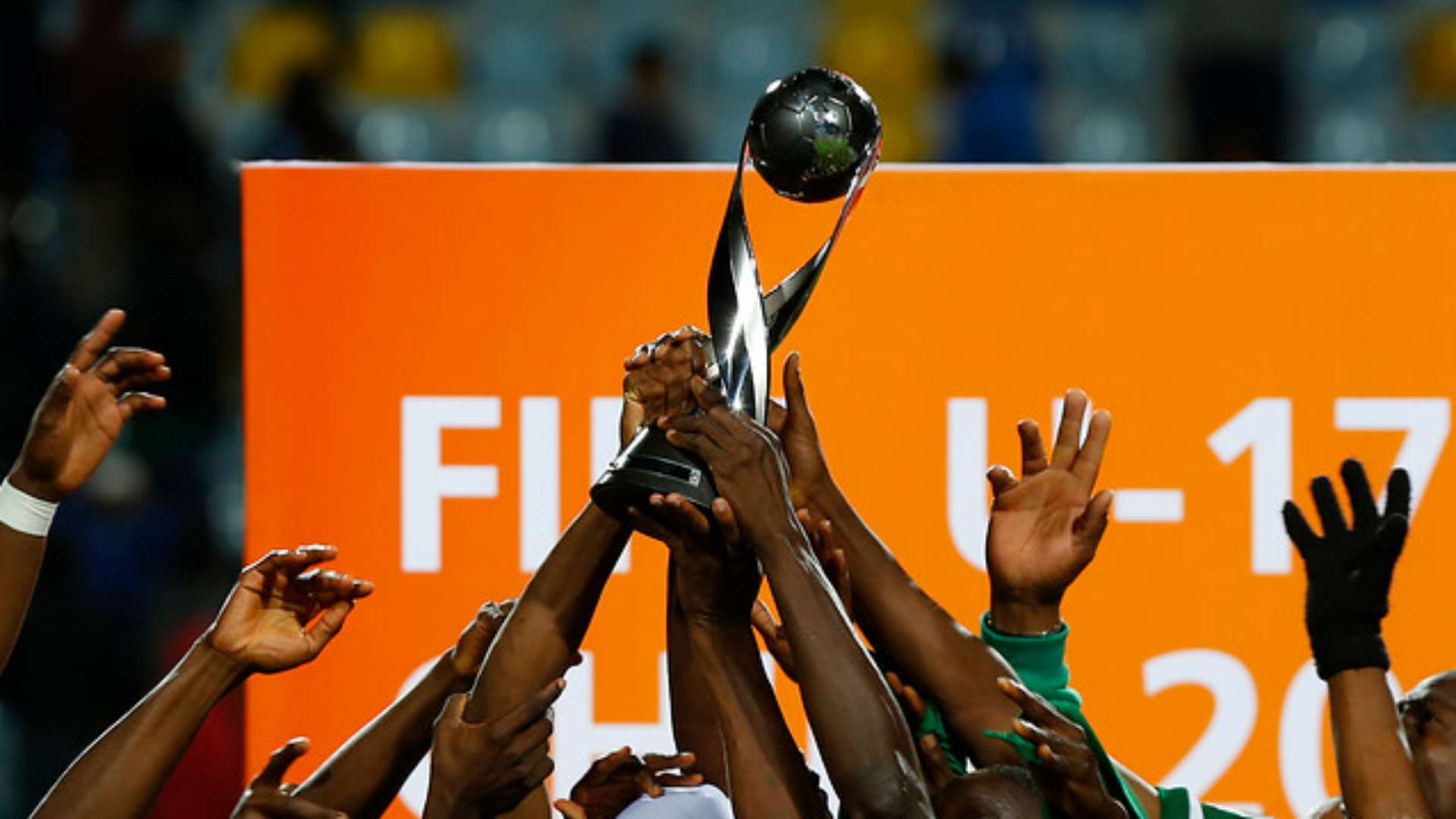 ANFP Chile
ANFP Chile
On the other hand, Germany, the second most successful team in senior World Cup behind Brazil with four titles to their name, are yet to have win the Under-17 version.
A runners-up medal remains the best finish yet for the European giants whose youth football setup remains the envy of many in world football.
The age-groups of U-13, U-15, U-17 and U-19 have always remained susceptible to varying range as players' peak physical development coincides with these.
Physical growth varies on an individual basis with some players developing on a quicker rate while some gain massive growth spurts at a later stage.
Manchester United midfielder Scott McTominay was languishing on the peripherals of the reserve squad in 2015. At the age of 18, he had a gigantic and surprise growth spurt, going from five feet six inches tall to six feet five inches tall within the span of months.
Now 20, the youngster has jumped ahead of more fancied names in the Manchester United Academy to earn a first-team squad number from Jose Mourinho for the 2017-18 season of the Premier League. A little known fact is that Anwar Ali, who is part of India Under-17 World Cup squad, was let go by the All India Football Federation (AIFF) Elite Academy. However, at Minerva, he suddenly grew by a several inches which turned the attention of the India scouts.
Success in the younger age groups is no guarantee of the same being repeated at the senior level, neither is failure in these categories an omen for further disappointments.
Playing across in these age groups is more about experiencing high pressure tactical football at a young age than the results. A player’s individual development is what ultimately matters in youth football and that continues until their retirement.
There have been many a talent who have shone brightly at the junior levels only to fall by the side in the later stages of their career. A player’s mental aptitude and development are as important as the physical aspect of things.
Spain’s Bojan Krkic shot to fame as a 15-year-old when he finished as the joint top-scorer in the European Under-17 Championships in 2006. He would finish as the third highest scorer in the FIFA Under-17 World Cup a year later, tied jointly with Toni Kroos of Germany. Bojan would have an equally electrifying start to his Barcelona career, breaking Raul’s record of the most goals scored in a debut season.
 Getty
Getty
Kroos is now an integral part of Zinedine Zidane’s two-times running European Champions Real Madrid while Bojan is currently on loan from Stoke City to Deportivo Alaves in Spain having become a journeyman footballer at only 27-years of age.
Similarly, Ravel Morrison, a Manchester United academy product who was rated even higher than Paul Pogba by his peers, is now plying his trade with Mexican side Atlas on loan from Lazio.
In Morrison’s case, his troubles have been mostly off-field with various run-ins with the law. There is no telling how committed a player remains to the sport in his latter ages with multiple footballers falling out of love with the game by the time they reach the senior level.
The Under-23 age-group in fact provides a clearer picture of the overall development of the team and its players as one begins to see more of the final product.
In a press conference recently, All India Football Federation (AIFF) President Praful Patel spoke about his plans to keep the current Indian U-17 team together as one unit in the long run, with the promise of taking care of all their educational and financial needs.
That could very well be the need of the hour for India rather than impressive results in the World Cup. The exposure and backing provided to the squad needs to be prolonged across all stages of their development to see tangible results in the future.
While impressive results and silverware are always welcome in youth football, we should ultimately not forget that those do not remain tantamount to a youngster’s level of development.
So when October 6 arrives and India take on USA at the Jawaharlal Nehru stadium in New Delhi, one should remember that the stage is just one chapter in the development of the players and there are many more hurdles to pass before we can start seeing the actual ‘results’.

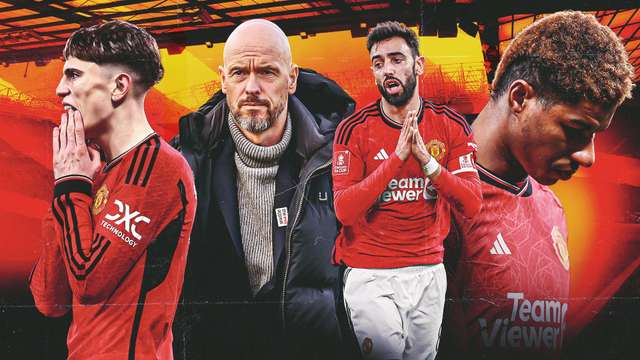
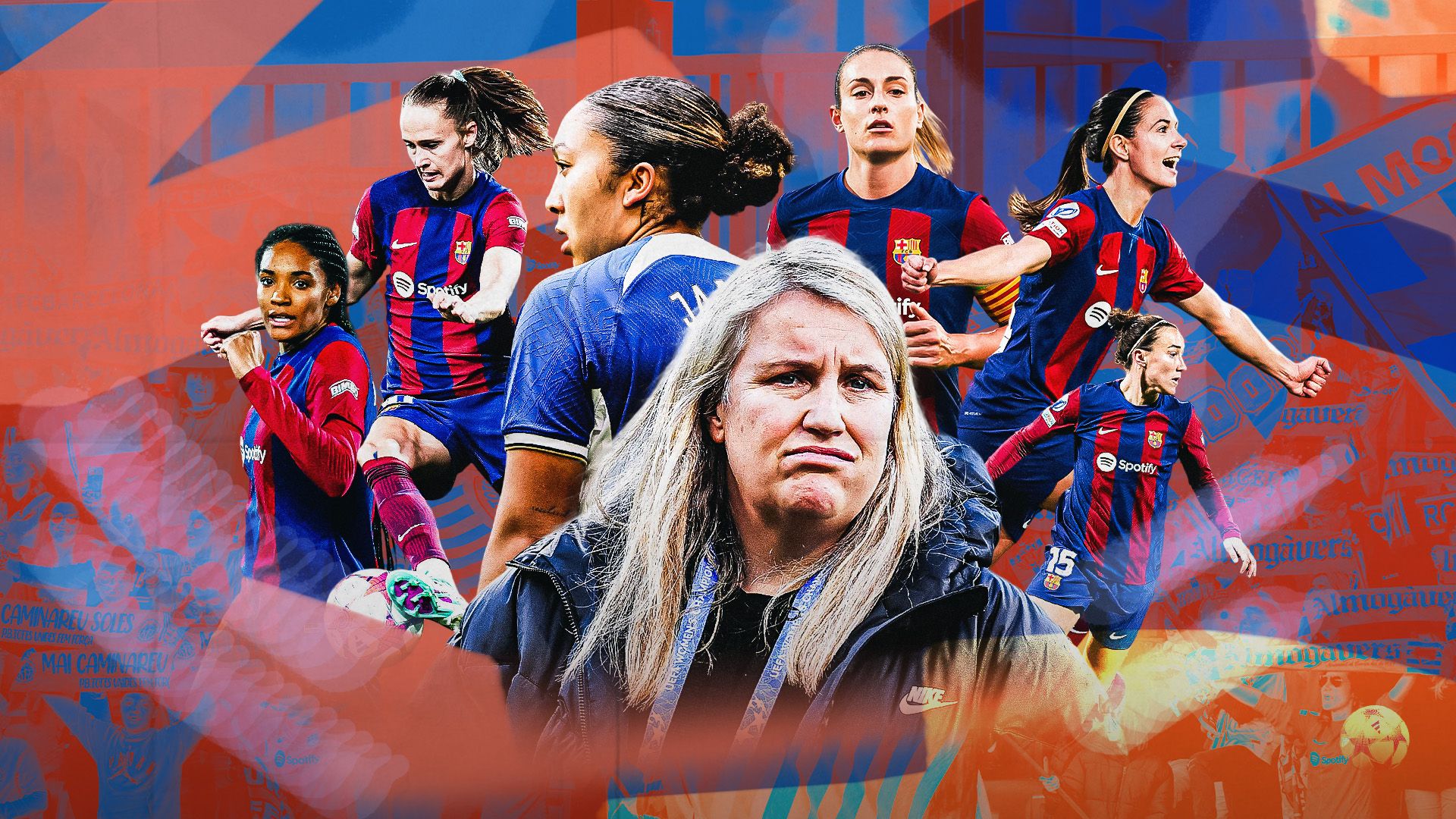.jpg?auto=webp&format=pjpg&width=640&quality=60)
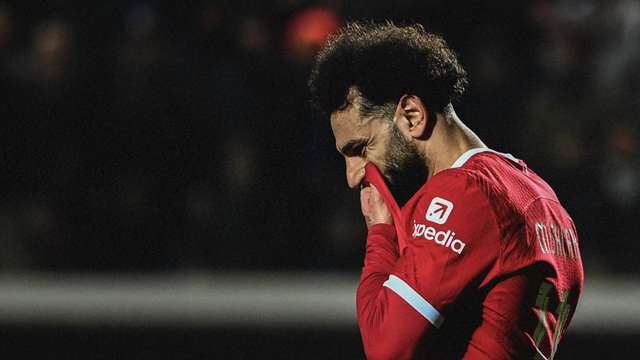
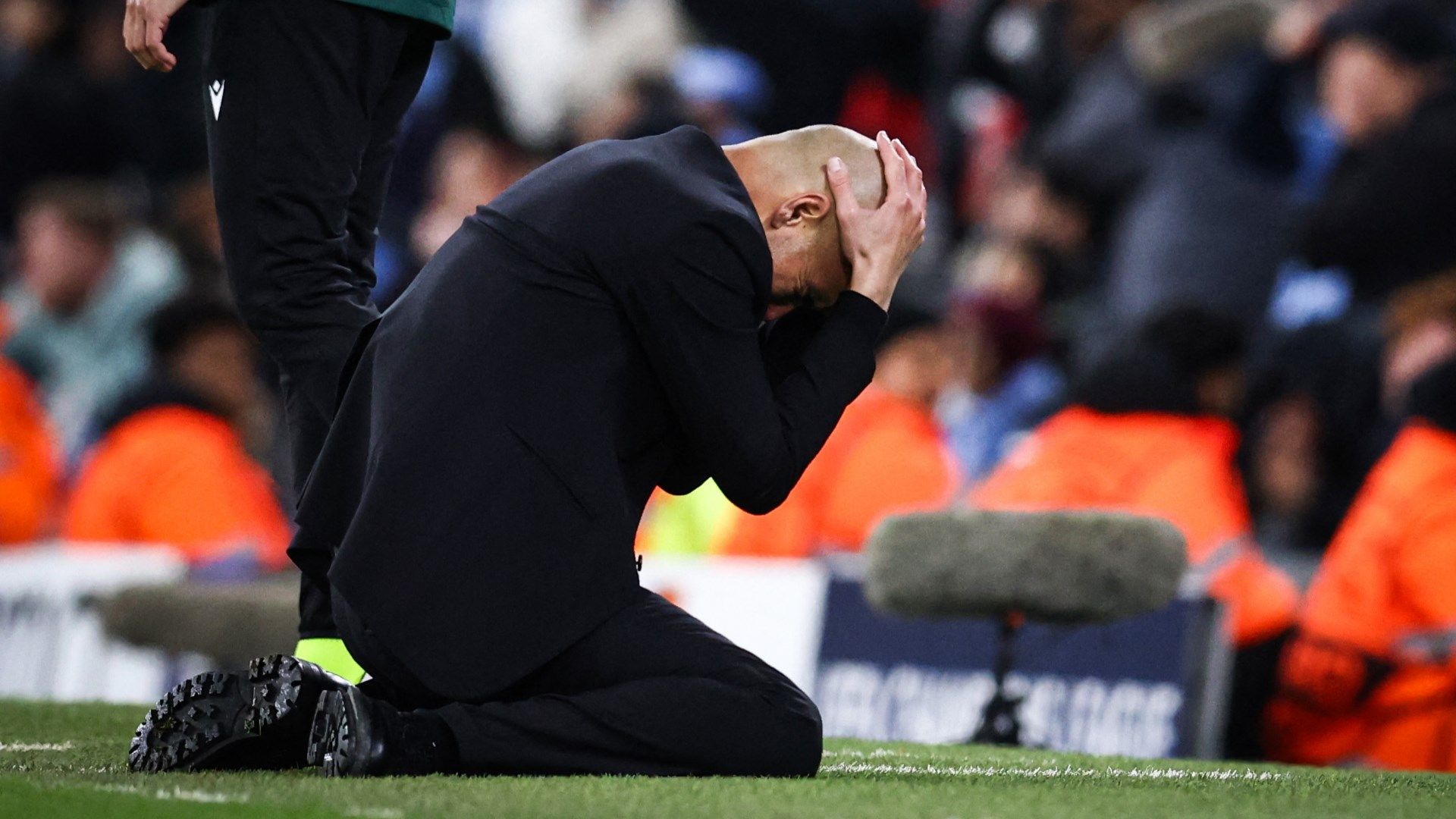.jpg?auto=webp&format=pjpg&width=640&quality=60)